A bass player at the New York City’s Stork Club, Manny Balestrero requires money urgently to pay for his beloved wife’s wisdom teeth extraction. However, when he approaches the Life Insurance Company to take a loan, he is mistaken by the staff to be the armed robber who had previously looted their office, and is promptly taken in to custody by the police.
|
Language:
|
English
|
|
Running Time:
|
105 min
|
|
Rating:
|
–
|
|
Release Date:
|
22 December 1956
|
|
Directed by:
|
Alfred Hitchcock
|
|
Produced by:
|
Alfred Hitchcock
|
|
Written by:
|
Maxwell Anderson
Angus MacPhail
|
|
Based on:
|
The True Story of Christopher Emmanuel Balestrero by
Maxwell Anderson
|
|
Starring:
|
Henry Fonda
Vera Miles
Anthony Quayle
Harold Stone
Charles Cooper
|
|
Music by:
|
Bernard Herrmann
|
|
Shot by:
|
Robert Burks
|
|
Edited by:
|
George Tomasini
|
|
Distributed by:
|
Warner Bros.
|
What’s Hot
What’s Not
Badges
Verdict


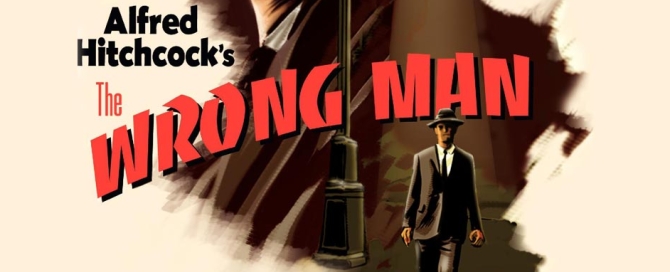
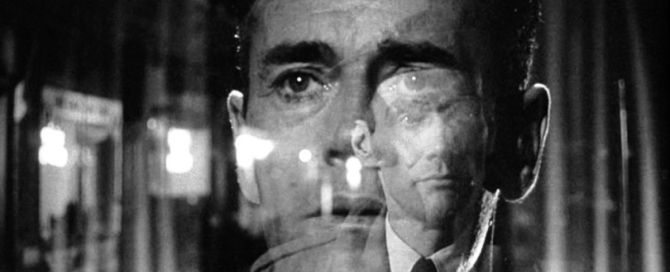




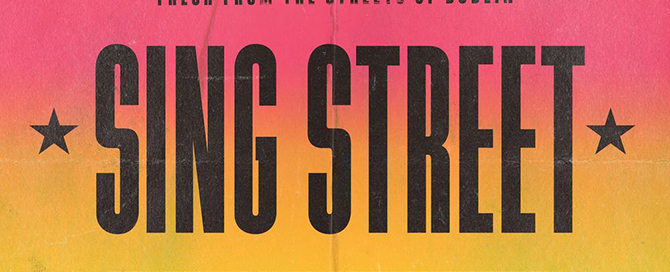
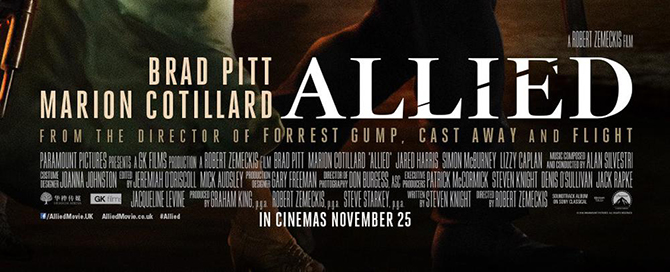

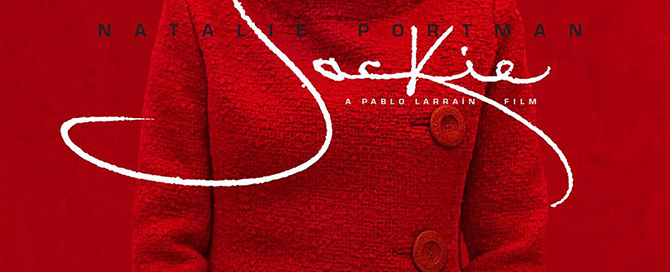
Leave A Comment